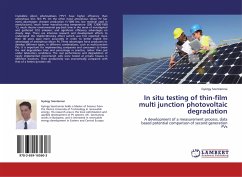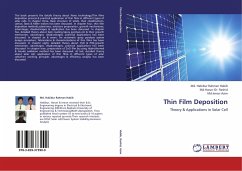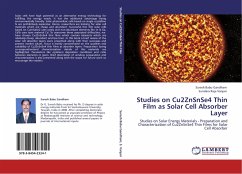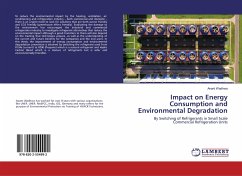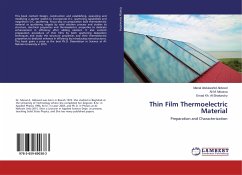Crystalline silicon photovoltaics ( PV ) have higher efficiency than amorphous thin film PV. On the other hand amorphous silicon PV has many advantages: cheaper production (1/1000 less raw material used in manufacture); much lower manufacturing temperature (200 °C/800-1000 °C), much shorter environmental pay-back time in the sense of investigated and gathered CO2 emission; and significant efficiency advantages on cloudy days. There are intensive research and development efforts to understand the Stabler-Wronsky effect (which was first reported more than 40 years ago) more accurately in order to better exploit the advantages of amorphous silicon PV. These advantages force producers to develop different types, in different combinations, such as multi-junction PVs. It is important for implementing companies and consumers to know the real degradation time and percentage in practice, rather than just under laboratory conditions. The real performance and degradation of newly implemented micromorph cells were tested at private houses in different locations. Their productivity was economically compared with that of a hetero-junction cell.

